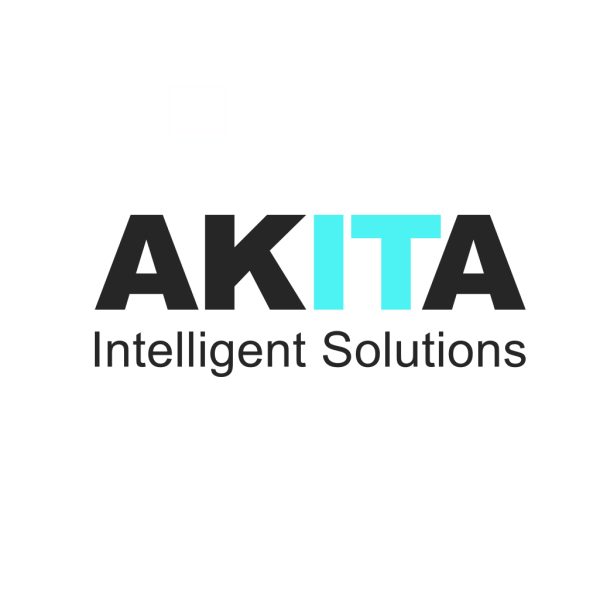When striving for business excellence, there’s an inherent need for seamless integration between business systems.
Microsoft SharePoint is a widely used and multi-faceted platform for operations. But an under-utilised yet powerful feature is its integration capabilities. Below we explore SharePoint integration options with both Microsoft products and third-party applications to understand new potential efficiencies within your operations:
SharePoint Integration With Microsoft Ecosystem
SharePoint integration with Microsoft's suite of products is one of its most significant advantages. This integration capability provides a cohesive and streamlined experience that enhances productivity and collaboration.
Office 365 Suite: SharePoint integration is flawless with the Office 365 suite, including Word, Excel, PowerPoint and OneNote. This integration allows users to create, edit, and share documents directly within SharePoint, fostering a collaborative workspace. Real-time co-authoring in these applications further enhances team collaboration.
Dynamics 365: This SharePoint integration allows businesses to leverage Dynamics 365's CRM and ERP capabilities alongside document management and collaboration features. The synergy between these platforms enhances data coherence, customer relationship management, and operational efficiency.
Microsoft Teams: SharePoint and Microsoft Teams are a powerful duo. Teams acts as a hub for teamwork, where you can chat, hold meetings, and collaborate on files. SharePoint's integration here means that documents stored in SharePoint are accessible and editable directly from Teams, ensuring that all team-related files are in sync and up to date.
SharePoint Integration With Third-Party Applications
SharePoint's ability to integrate with third-party applications extends its utility beyond the Microsoft ecosystem. This flexibility is crucial for businesses that use a mix of software solutions.
ERP And CRM Systems: SharePoint can integrate with a range of non-Microsoft ERP and CRM systems. This integration allows for the centralisation of data, making it easier for users to access and manage information from a single platform.
Custom Integrations through APIs: SharePoint provides robust APIs that enable custom integrations with various third-party applications. This flexibility means businesses can tailor SharePoint to fit their unique needs, ensuring that it works seamlessly with their existing setup.

The Value Of Integrating Business Systems
Integrating business systems with Microsoft SharePoint brings a host of advantages that can transform the way organisations operate and collaborate. One of the primary benefits of this integration is enhanced productivity. SharePoint achieves this by providing a central platform where employees can access a variety of tools and information. This centralisation minimises the time spent switching between different applications, thus boosting employee productivity significantly.
Another key advantage is the improvement in data accessibility and sharing. SharePoint facilitates better and more efficient sharing of data across various departments and systems within an organisation. This ensures that every team member has access to the most current and updated information, fostering a more informed and collaborative work environment.
SharePoint integration can also lead to the streamlining of business processes. This is particularly evident when SharePoint is used in succession with Enterprise Resource Planning (ERP) and Customer Relationship Management (CRM) systems. This integration makes it possible for users to automate workflows, which not only reduces manual effort but also minimises errors.
The aggregation of data from wider sources provides a more comprehensive view of business operations, enabling leaders and decision-makers to make more informed, data-driven decisions. Additionally, integration with Microsoft’s security tools allows SharePoint to ensure that data across systems is not only secure but also compliant with the necessary regulatory requirements.
Added Functionality With Power Platform Integration
SharePoint integration opens the door to additional functionalities that can significantly change business operations. For instance, the ability to develop customised solutions using SharePoint’s integration with Power Apps empowers organisations to create applications that are specifically tailored to their unique needs, without the requirement for extensive coding. This flexibility allows for more personalised and efficient software solutions.
Advanced analytics is another critical functionality gained through SharePoint. By integrating with Power BI, SharePoint enables businesses to pull advanced analytics from their data. This capability leads to the generation of actionable insights and supports better business outcomes, as organisations can make more informed decisions based on a deeper understanding of their data.
Automated workflows are an additional benefit of integrating with SharePoint. Through its integration with Power Automate, SharePoint allows businesses to automate repetitive tasks. This automation not only saves time but also reduces the risk of human error, leading to more reliable and consistent processes.
SharePoint – An Integrated Solution
The integration capabilities of Microsoft SharePoint make it an indispensable tool for businesses looking to enhance productivity, streamline processes, and make informed decisions. Its seamless integration with the Microsoft ecosystem, compatibility with third-party applications, and the added functionalities it provides create a comprehensive platform that can adapt to the diverse needs of businesses. By leveraging SharePoint's integration capabilities, businesses can transform their operations, foster collaboration, and achieve a competitive edge in the market.
Akita is an experienced SharePoint development partner, working with organisations across a range of industries. Discover more about our SharePoint integration and wider development services:





